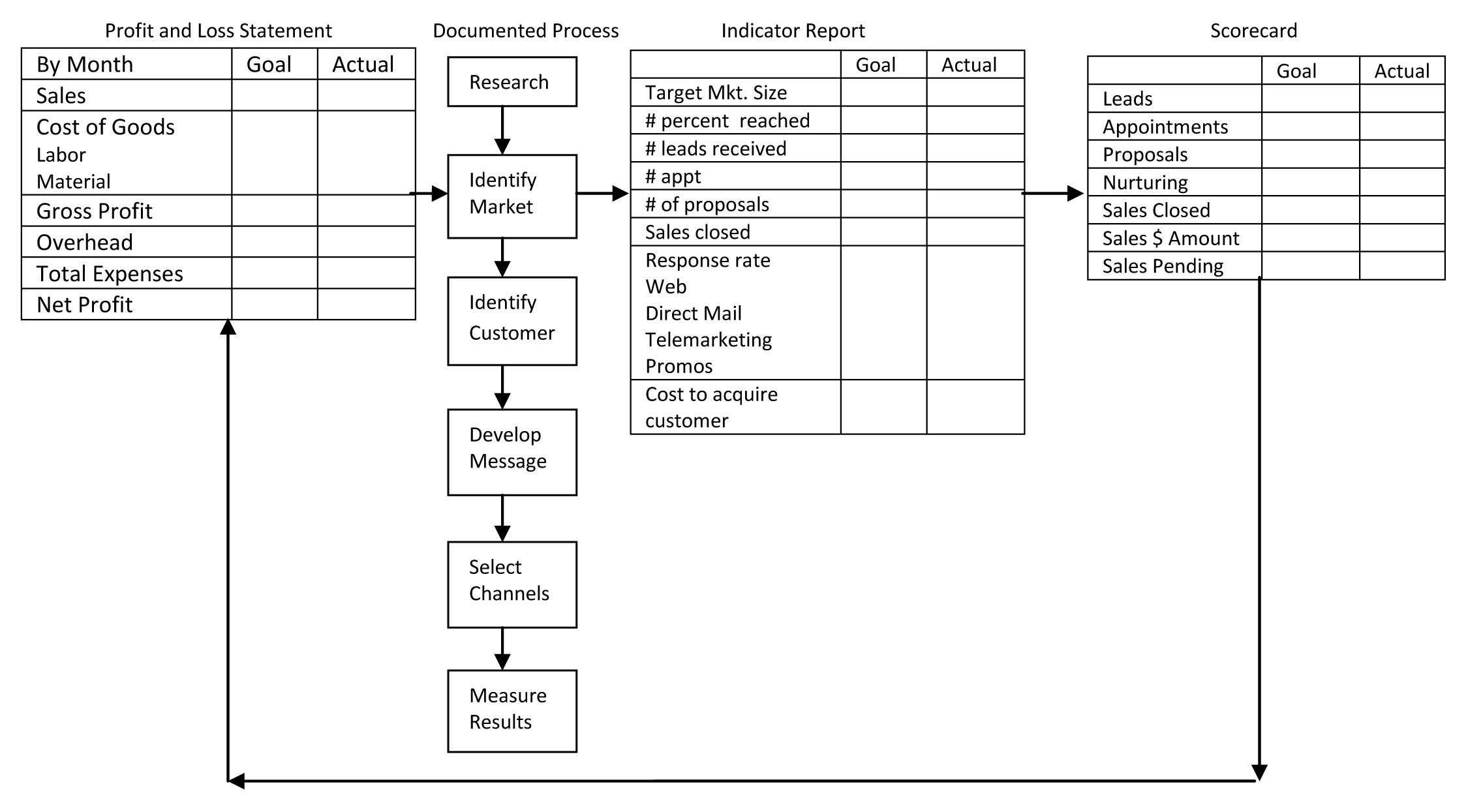 In part 4 of our Marketing Rules series, we focus on the steps you need to take to increase production, reduce errors, and avoid stress (as you can see in the illustration to the left, this is very important!)
In part 4 of our Marketing Rules series, we focus on the steps you need to take to increase production, reduce errors, and avoid stress (as you can see in the illustration to the left, this is very important!)
If you aren’t up to date with the series you can read them on our blog, just be sure to start with “The 10 Most Important Rules of Smart Marketing in the New Economy.” I’ve also listed them all below, in series order, to give you easy access:
The 10 Most Important Rules of Smart Marketing in the New Economy
How You are Losing Out by Not Following These Marketing Rules
The Cause and Effect of Marketing Rules
It all begins with an idea…
Of all of the business issues I encounter as a Consultant, the cause that I see most often is a lack of attention to detail. When a great idea comes along, it is easy to get excited about it and be distracted with the glitz and glamour to such an extent that you want to push it out into the world as soon as possible. The problem with this is that a lot of the details that go into making this dream a reality, go unrecorded. Many forget that it is the details that make it a great idea in the first place (what sets it apart from other ideas, what makes it special or important, etc.)
Once you have your idea up and running, you need people to duplicate the process of creating or performing this idea in order to mass produce your product or service. The biggest issue one faces with trying to duplicate something is not completely understanding how to do it. When you don’t have the steps documented in their entirety, it is easy to miss a small component that can lead to a big mistake. Once this happens, your great idea becomes sub-par and can ultimately lead to failure.
What is the solution? Process Mapping. That leads us to rules 7 and 8…
Rule 7: Process Map and Document all of the Components into a Plan
A process map is a workflow diagram that lists all the steps it takes to achieve a predictable result. Here is an example of a marketing process map:

Why process map your marketing efforts?
- Ensures consistency
- Helps identify gaps before it costs the company customers and market share
- As a training tool, all employees will have a road map to follow how to market in your company
- Is the foundation of your marketing system
Rule 8: Develop Intralink© to Manage the Effects and Impact of Marketing on Every Critical Area of Your Business
Put it all together in a plan.
Example:

How Intralink© works:
Step 1
Review your profit and loss statement to determine the areas that are not meeting your goals. In most cases you should look at sales numbers, labor and material costs, gross profit, overhead expenses and net profit. Once you have isolated the areas that are struggling, develop a schedule and action plan to walk the department(s) responsible through the Interlink© Process.
Step 2
Once the area has been identified and the goal is set, we then gather a team of people to document all the processes within the effected function. You need to process map all of those steps. Process mapping helps you identify what is done, who is responsible, to what standard should a job be completed, and how successful the process is.
Step 3
Once the process is documented, you then need to identify those functions within the process that are critical to the overall success. Set a goal for each of those areas and list them on a document for the department manager to review.
Step 4
The indicator report measurements are then passed into the workforce through Scorecarding. Each employee is responsible for measuring their actions within the daily process. This information is then fed back to the department manager to populate the Indicator Report.
Step 5
Once the scorecards are completed, they are fed back into the Indicator Report. The numbers are compiled and reviewed by the department managers (goal versus actual). When a variance is identified from a goal, an action plan is developed to fix the variance. The action plan could be tweaking the process or training the personnel. The Indicator Report is then funneled back to the Profit and Loss Statement.
The Advantage
You can be proactive with the Profit and Loss Statement by monitoring numbers daily and weekly…instead of after the statement is published. You can directly focus and affect those areas that are chipping away at successful strategies. Bottom line, the goal is to increase the net profit.
Intralink works to improve any function or area of the business, not just marketing
What processes do you have in place that have worked? What doesn’t? Please share below in the comment section. I would love to hear from you!



